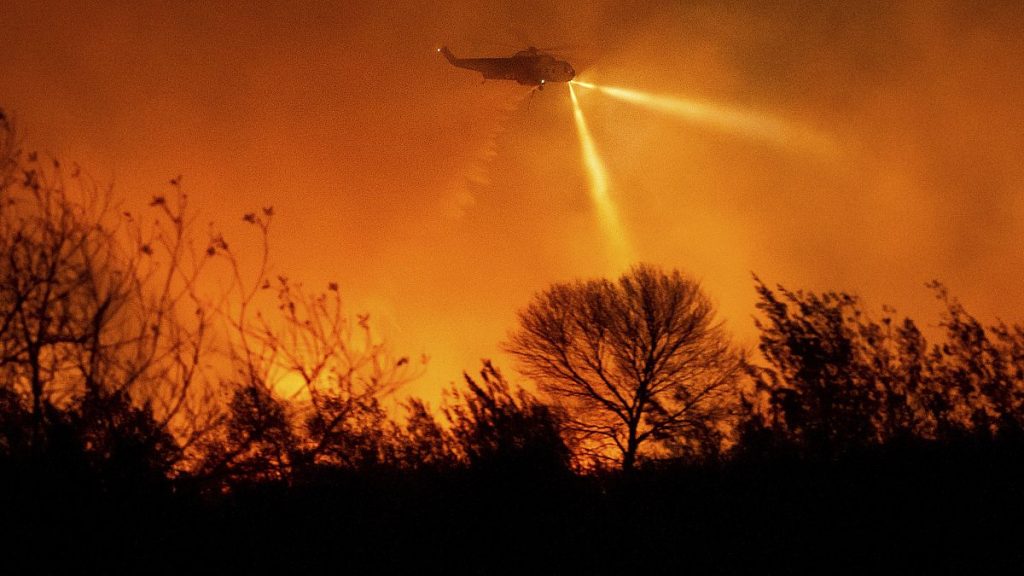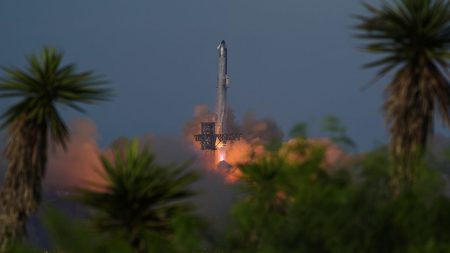The recent outbreak of wildfires in Southern California continues to pose a significant threat to the region, with a new fire igniting in Oxnard, Ventura County, adding to the existing blazes that have ravaged the Los Angeles area. The Oxnard fire, originating in a dry riverbed late Monday night, is spreading through agricultural lands, further straining firefighting resources already stretched thin by the ongoing battle against multiple, larger fires. This latest incident underscores the persistent fire danger exacerbated by prolonged drought conditions and the anticipation of strong winds, creating a volatile situation across Southern California.
The impending arrival of powerful winds, predicted to intensify from Tuesday through Wednesday, is a major concern for fire officials. While not expected to reach the hurricane-force levels experienced last week, which significantly fueled the initial outbreak of fires, the anticipated gusts of up to 105 kph could still significantly hamper firefighting efforts, particularly by grounding aircraft crucial for aerial water and retardant drops. This potential disruption adds another layer of complexity to the already challenging task of containing the existing fires and preventing further spread. The National Weather Service has issued warnings about the “particularly dangerous” weather conditions, urging residents in high-risk areas to be vigilant and consider proactive evacuation if they sense imminent danger.
Authorities in Los Angeles, facing criticism over their initial response to the fires last week, are emphasizing their enhanced preparedness for this renewed threat. Mayor Karen Bass and fire officials have highlighted the influx of additional firefighters from across the US, Canada, and Mexico, bolstering resources and manpower. They are stressing the lessons learned from the previous week’s events, including the importance of pre-positioning resources and implementing proactive measures, such as preemptively applying fire retardant to vulnerable areas. The focus remains on containing the existing fires, protecting lives and property, and mitigating the potential impact of the approaching winds.
The two largest wildfires in the Los Angeles area, the Eaton Fire near Pasadena and the blaze in Pacific Palisades, continue to burn, having already destroyed thousands of homes and tragically claimed at least 24 lives. Containment efforts are ongoing, with the Eaton Fire reported as roughly one-third contained, while the larger Pacific Palisades fire remains significantly less contained. The combination of dry vegetation, ongoing drought conditions, and the anticipated strong winds creates a high-risk environment, prompting authorities to issue extreme fire danger warnings for a large swathe of Southern California, including densely populated areas like Thousand Oaks, Northridge, and Simi Valley.
The ongoing wildfires highlight the increasing vulnerability of the region to such events, fueled by climate change and prolonged periods of drought. The dry conditions create a tinderbox-like landscape, readily ignitable and susceptible to rapid fire spread. The increasing frequency and intensity of these fires underscore the urgent need for comprehensive strategies to address the underlying causes, including improved forest management practices, proactive mitigation measures, and community preparedness programs. The current crisis serves as a stark reminder of the devastating consequences of wildfires and the importance of collective efforts to protect lives, homes, and the environment.
The situation remains dynamic and challenging, with the combination of active fires, strong winds, and dry conditions posing a significant threat. The focus remains on containing the existing fires, protecting communities at risk, and mitigating the potential impact of the approaching winds. The ongoing collaborative efforts of firefighters from across North America, along with local authorities and residents, are crucial in addressing this crisis and safeguarding the region from further devastation. The long-term challenge lies in developing and implementing comprehensive strategies to address the underlying factors contributing to the increased frequency and intensity of wildfires, ensuring the resilience and safety of Southern California in the face of this growing threat.














